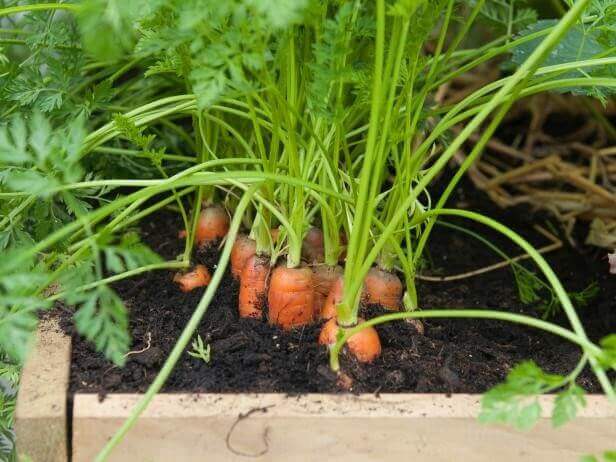August Is Prime Time for Planning Your Fall Vegetable Garden
There’s nothing quite like home-grown, fresh-picked veggies. And with plenty of cool-season crops to grow, that pleasure doesn’t have to end with the last of your summer harvest. Here’s a sampling of just some of the crops that grow well (and taste better!) when they mature in colder temperatures:
Beets – Broccoli – Cabbage – Carrots – Cauliflower – Leaf Lettuce – Onions – Parsnips – Rutabaga – Spinach – Winter Squash (such as acorn, butternut, and spaghetti squash)
When to Plant
The key to a successful fall harvest is timing. You want to give your plants time to mature before there’s a killing freeze. A good rule of thumb is to work backward from the average first frost date for your specific area and subtract the number of days it takes for the crop to mature. For example, say the carrots you want to grow take about 60 days to mature when planted from seed; this means you want to sow the seeds at least two months before the typical first frost date.

In the areas that Southern Lawns serves, first frost dates range from about the last week of October to the second week of November. If you’re planting from seed, you’ll find all the information you need about timing on the back of the seed packet. If you’re buying seedlings at a nursery or garden supply shop, there’s usually a plastic tab in the flat of seedlings that has planting info printed on the back. And of course, a quick visit to your local agricultural extension’s website will tell you everything you need to know.
Protecting Plants from an Unexpected Cold Snap
The one thing we know for sure about weather is that it is unpredictable. While all the vegetables listed above are relatively cold hardy, an untimely cold snap can damage young, tender seedlings.
Not to worry. There are several simple ways of protecting them. A temporary tent of plastic sheeting or a tarp over your garden will usually do the trick. The “tent” should be supported by stakes tall enough to prevent it from touching the plants. You can also use plastic cups, jugs, or bottles as individual, mini greenhouses. Just poke some air holes into each container and place them over the seedlings. Be sure to remove any protective covering on sunny days and when the temperatures return to normal.
Here’s wishing you a bountiful fall harvest!


